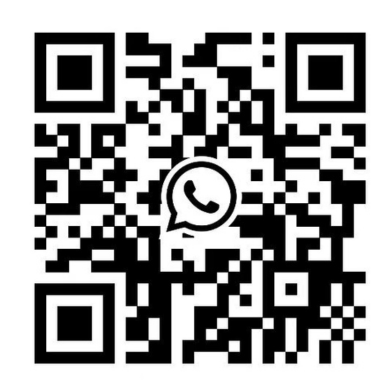In the long journey of B2B sales, nothing is more agonizing than waiting for a client’s final decision. However, a successful deal closure is rarely a sudden “surprise”; it is the culmination of a series of positive signals. The ability to keenly capture and interpret these signals is what separates a passive salesperson from a proactive deal-closer.
Here, we break down the key signals that indicate “good things are coming,” from both online communication and in-person meetings.

I. “Green Light” Signals in Online Communication
1. Continued Engagement After Intense Negotiations
You have gone through one or more rounds of intense back-and-forth on core terms like equipment configuration, pricing, payment terms, and delivery schedules. If the client doesn’t disappear after the negotiations but continues to communicate with you about certain details, this is a strong positive signal. It shows that despite the tough process, they have not given up on the intention to cooperate and are clearing the final hurdles for a decision.
2. Providing Increasingly Specific Information
From an initial vague inquiry like “I need a packaging machine,” the client starts to proactively provide more detailed information, such as factory layout drawings, specific packaging materials (e.g., film samples), power voltage requirements, or even desired capacity data. The more specific and in-depth the information they provide, the more serious they are about the partnership. It indicates they now see you as a potential partner and are willing to invest their time and energy to move the project forward with you.
3. Actively “Passing Levels.”
Communicating with a major client is like a level-based game. From the initial equipment price ĐẾN quality assurance, then to delivery time, warranty period, spare parts pricingvà cuối cùng là technical training… the client continuously raises new questions and requirements. If, during this process, the client remains positive and solution-oriented despite the many “levels,” congratulations. This shows they are seriously evaluating your comprehensive capabilities. Every successfully passed “level” means your mutual trust has deepened.
II. Positive Signals in Face-to-Face Meetings
4. Open and Relaxed Body Language
- From Defensive to Open: The client’s posture changes from a “defensive” stance with arms crossed to an “open” one, leaning forward with hands on the table.
- Increased Eye Contact: They start making more eye contact and frequently nod in agreement.
- Relaxed Atmosphere: A smile appears on their face, and the atmosphere shifts from a serious business negotiation to a more relaxed and friendly conversation.
5. Building Trust and Rapport
- Discussing Non-Work Topics: The client starts to chat about topics unrelated to work, such as, “What’s the special meaning behind the fish you keep in your office?” or “How about I treat you to some authentic Korean food?” These are attempts to shorten the personal distance between you.
- Expressing Explicit Trust: They start saying things like, “I trust you can do a good job,” or “It’s been a pleasure communicating with you.” This is a shift from evaluating a product to endorsing “you as a person,” which is a crucial foundation for a long-term partnership.
III. How to Use These Signals for the “Final Push”
Capturing the signals is just the first step; the key is how to act on them to score the final goal.
- Test the Waters with a Trial Close When the client inquires about payment details, you can say, “Ben, based on our discussion, do you find Option A (full payment) more suitable, or does Option B (installment plan) better fit your current budget?” This guides the conversation directly to a choice-based decision.
- Provide a Timely “Assist” When the client says, “I need to report to my boss,” don’t just say “Okay.” You should respond, “That’s great! To make your report easier, I’ve prepared a concise summary PPT that highlights the Return on Investment (ROI) and the core problems this machine solves. I’ll send it to you now. How about I give you a call or schedule a brief online meeting tomorrow afternoon to see if your boss has any further questions?”
- Clear the Final Obstacle If the client is showing multiple positive signals but hasn’t signed, it means there’s one last hesitation. You can ask directly: “Jacky, it sounds like you’re very satisfied with our proposal overall. To ensure our partnership starts smoothly, is there any other information you need us to clarify or any issues we need to resolve before you make your final decision?”
- Boldly Ask for the Order When the atmosphere is at its best, make a direct request to sign. For example: “Robben, thank you so much for your endorsement. Since all the details are settled, shall I prepare the contract now and send it over for your confirmation?”
Finally, remember this core principle: The fact that a client is willing to spend significant time in deep discussion with you is one of the strongest signals of all. In the B2B world, time is the most valuable currency. They will not waste a single second on a supplier they are not interested in.
What other special signals have you observed before closing a deal? Share your experiences in the comments below.

